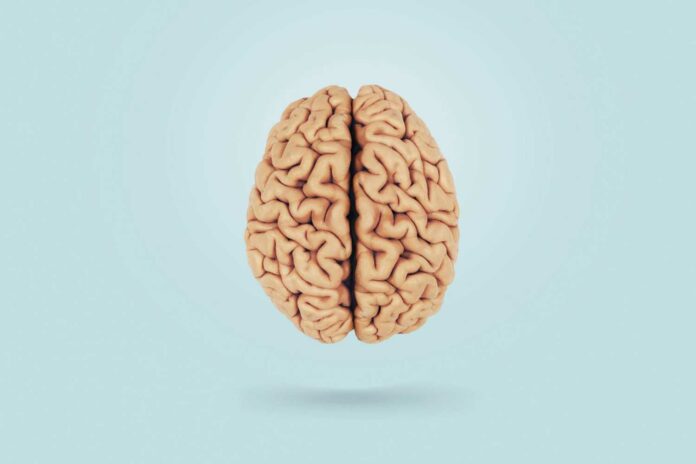Animals may search for and successfully locate food when they are hungry. Researchers from the University of Alabama at Birmingham and the National Institute of Mental Health (NIMH) have published a paper in Current Biology that describes how the paraventricular nucleus, a particular group of neurons in the brain’s thalamus, aids in regulating goal-directed behavior.
In a lengthy enclosure with a trigger zone at one end and a reward zone at the other, more than 4 feet away, mice were trained in a task similar to foraging. They were taught to wait in the trigger zone until the task began with a beep. Then, they moved at their own pace to the reward zone for a small gulp of strawberry-flavored Ensure. To end, they returned to the trigger zone.
Throughout the task, researchers monitored two groups of neurons in the brain’s paraventricular nucleus using optical photometry and a calcium sensor. A calcium-release optical fiber was implanted near the PVT to assess brain activity.
In the paraventricular nucleus, two groups of neurons are distinguished by the presence or absence of the dopamine D2 receptor. They’re called PVTD2(+) and PVTD2(–) respectively. Dopamine is a chemical that helps neurons talk to each other.
Sofia Beas, Ph.D., assistant professor in the UAB Department of Neurobiology and a co-corresponding author of the study, said, “We discovered that PVTD2(+) and PVTD2(–) neurons encode the execution and termination of goal-oriented actions, respectively. Furthermore, activity in the PVTD2(+) neuronal population mirrored motivation parameters such as vigor and satiety.”
While the trial was about to conclude, the PVTD2(+) neurons were less active than they were while the reward was approaching. Conversely, PVTD2(-) neurons exhibited increased activity following trial termination but decreased activity during the reward approach.
According to Beas, this discovery is groundbreaking because it challenges the belief that all PVT neurons are identical. Since it refutes the notion that all PVT neurons are created equal, both PVTD2(+) and PVTD2(-) neurons release glutamate, the same neurotransmitter, although they have different functions, this discovery is significant because it clarifies contradicting data regarding the PVT’s function from earlier research.
Researchers have long believed that regions of the thalamus, such as the PVT, were merely brain relays for messages. However, Beas-led researchers have now discovered that the PVT processes information. It converts impulses of motivation from the hypothalamus into needs.
Axon projections such as the PVTD2(+) and PVTD2(–) axons deliver these signals to the nucleus accumbens (NAc), an area of the brain essential for learning and performing goal-oriented behaviors. An axon is a neuron’s long signal cable that travels to neighboring neurons to deliver messages.
The researchers found that the PVT’s neuron activity was transmitted to the NAc. They connected the PVT axon terminals to the NAc neurons via an optical fiber, and the PVT-NAc connection’s activity patterns were closely matched.
Beas emphasized that the NAc receives messages from PVTD2(+) and PVTD2(-) neurons’ corresponding terminals relevant to motivation and the encoding of goal-oriented activities. The researchers recorded data at a rate of eight to 10 samples per second during each mouse session, resulting in a large dataset. To analyze this data, they used a new statistical framework called Functional Linear Mixed Modeling, which considers variables like trial speed and hunger levels.
For example, they discovered that faster trial times were connected with increased activity in PVTD2(+) neurons during the reward approach. These neurons were only active when mice engaged in the task, not when roaming. Understanding the neural basis of motivation could help treat conditions like substance abuse and depression.
The research gives us important clues about how the brain turns motivation into purposeful actions. It shows that a part of the brain called the PVT and its different groups of nerve cells play a significant role in this. By understanding how this works better, we might find new ways to help people with motivational problems, like those with depression or addiction, which could improve their mental health.
Journal reference:
- Sofia Beas, Isbah Khan, et al., Dissociable encoding of motivated behavior by parallel thalamo-striatal projections. Current Biology. DOI: 10.1016/j.cub.2024.02.037.
